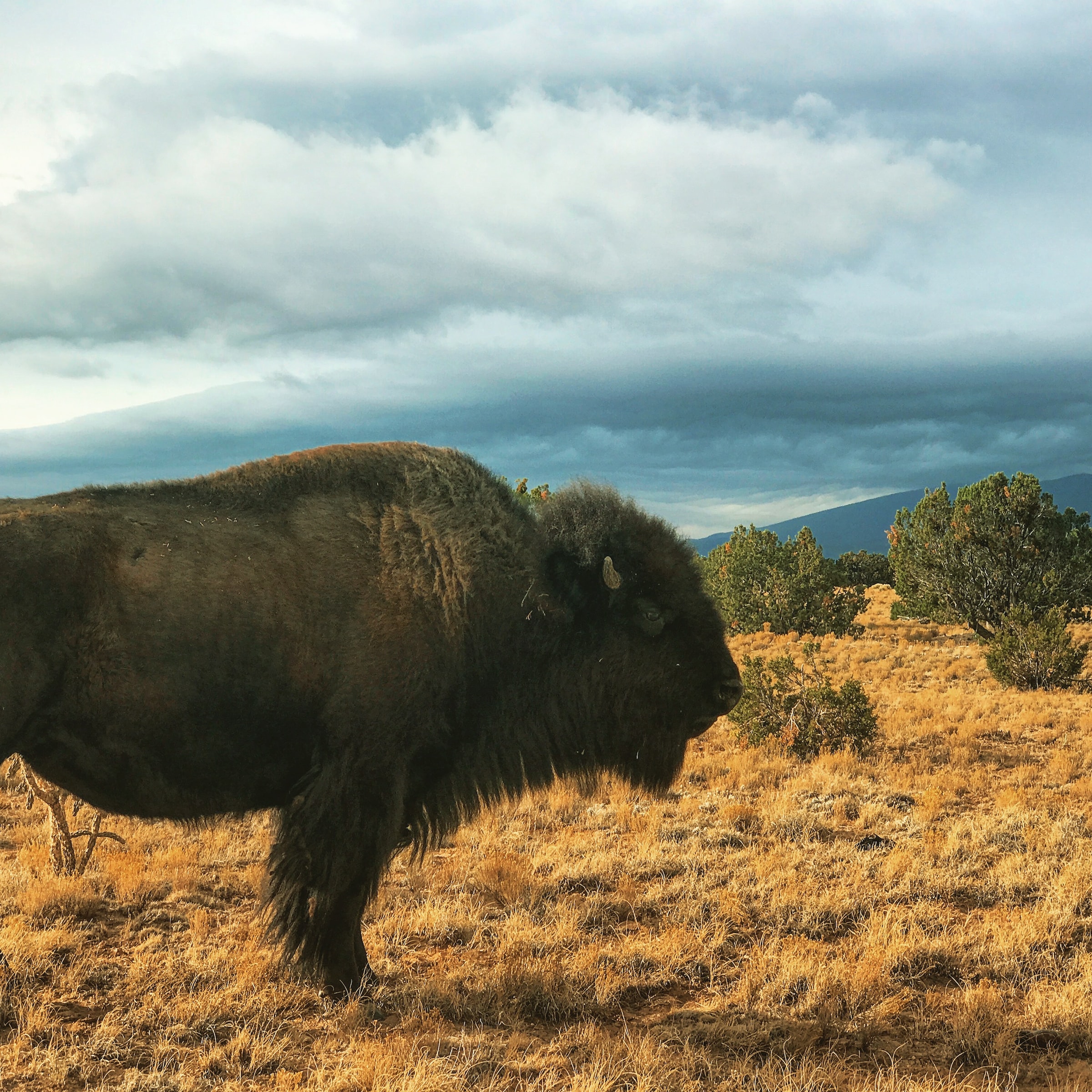
Sci & Tech Writer Elliot Haywood discusses the impact of reintroducing various species on the U.K’s environment
When it comes to nature in the news, it is usually large mammals such as polar bears, lions, or tigers that steal the limelight, yet when we think of our own native species here in the UK, we have to settle for badgers, foxes, and deer. Our own wildlife is fascinating and important, but we are seemingly lacking in the way of headline-worthy species.
This is not due to the UK being unlucky in the locations that animals have evolved, the reason why we are missing the big hitters of the animal kingdom is fairly simple: extinction. Whilst many people’s understanding of UK wildlife consists of garden birds, the occasional fox or roadkill hedgehog, it has not always been this way.
Whilst many people’s understanding of U.K wildlife consists of garden birds, the occasional fox or roadkill hedgehog, it has not always been this way.
Over the past few thousands of years of human settlement in the British Isles, species such as wolves, bears, wild boar, and beavers have all fell victim to human expansion and have disappeared from our countryside. But that may be about to change with radical new projects getting underway across the country.
Beavers have seen licensed trial reintroductions in Scotland, as well as accidental or unlicensed introductions in Devon, making their return after almost 400 years of extinction. These famous dam builders are nature’s own environmental engineers, with their dams flooding areas and creating wetland habitats which benefit many species.
Several other species have seen reintroductions in recent years, White-tailed Eagles, with seven-foot wingspans, now have healthy populations in Scotland, and recent releases have taken place on the Isle of Wight. Wild boar now roam across several counties and have made their way to Wales, and even the humble Short-haired Bumblebee has seen attempted reintroductions.
Most notably is the two-metre tall, half a tonne European Bison which are set to call the woodlands of Kent their home by 2022. These huge animals, the largest terrestrial mammal in Europe, will see a trial reintroduction to monitor their effect on the environment.
European Bison… are set to call the woodlands of Kent their home by 2022
Many of these reintroduction programs use a top-down approach to conservation by utilising keystone species to have an effect on the wider environment. Keystone species are organisms which affect other species by influencing the natural processes of their habitat.
It is believed that the bison will fell young trees in the woodland, creating important clearings which benefit many species, such as wildflowers, butterflies, and basking reptiles. Given that many wildflower meadows have been lost in the UK, it is clear to see why the effect of bison would improve our biodiversity.
However, there are plenty of other species that have recently gone extinct in the UK which would see vast improvements to our environment. One such species, which is proposed to be a very significant keystone species is the wolf.
The reality in the UK is that we have a serious problem with deer populations; with no natural predators in the UK, deer numbers have risen to unhealthy levels, and this has been exacerbated by the non-native deer species such as Muntjac.
Large deer populations do considerable amounts of damage to the environment, mainly by destroying and eating young trees and plants, thus preventing new growth of healthy forests.
Calls have been made to cull deer in the UK to improve our woodlands, but the ‘rewilding’ approach to conservation advocates the reintroduction of wolves to Britain as they could become a predator of these deer. Wolves would, therefore, be a classic example of a keystone species, as their reintroduction would benefit the wider ecosystem and allow habitats to be restored naturally.
Thr rewilding approach to conservation advocates the reintroduction of wolves to Britain.
The thought of having large predators roaming the countryside may strike fear in the hearts of many, but the Rewilding Britain campaign assures people that wolves are naturally wary of humans and would not pose a high risk. Reintroducing wolves may also be necessary if other reintroductions, such as wild boars, become more large scale, as the predators would prevent numbers of boar from increasing too high.
Many of the current reintroduction programs of all species are usually in large, fenced off areas or are released in small numbers to monitor any potential negative consequences, but with more and more programs getting underway, and more species returning to the UK after centuries of absence, we may soon be sharing our countryside with bears, bison, beavers, and boars once again.
Check out the article below for more from Sci & Tech:
Marine Wildlife is Suffering at Our Hands
Comments